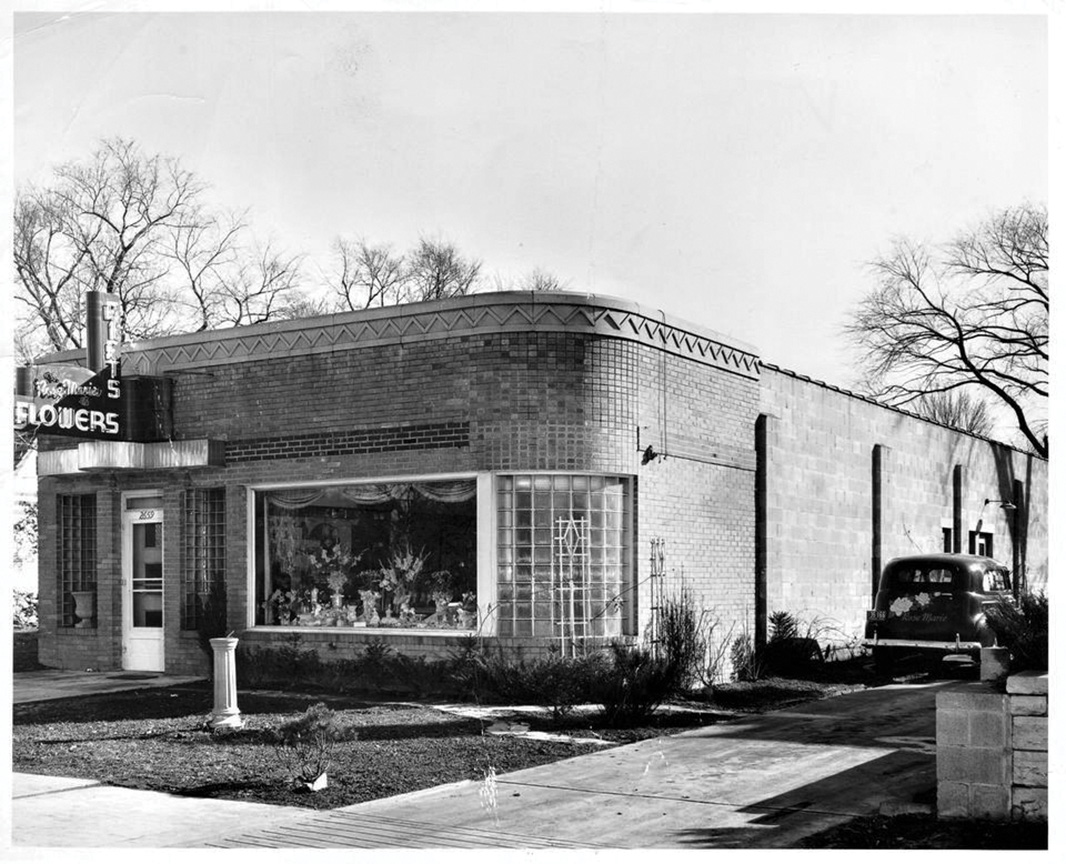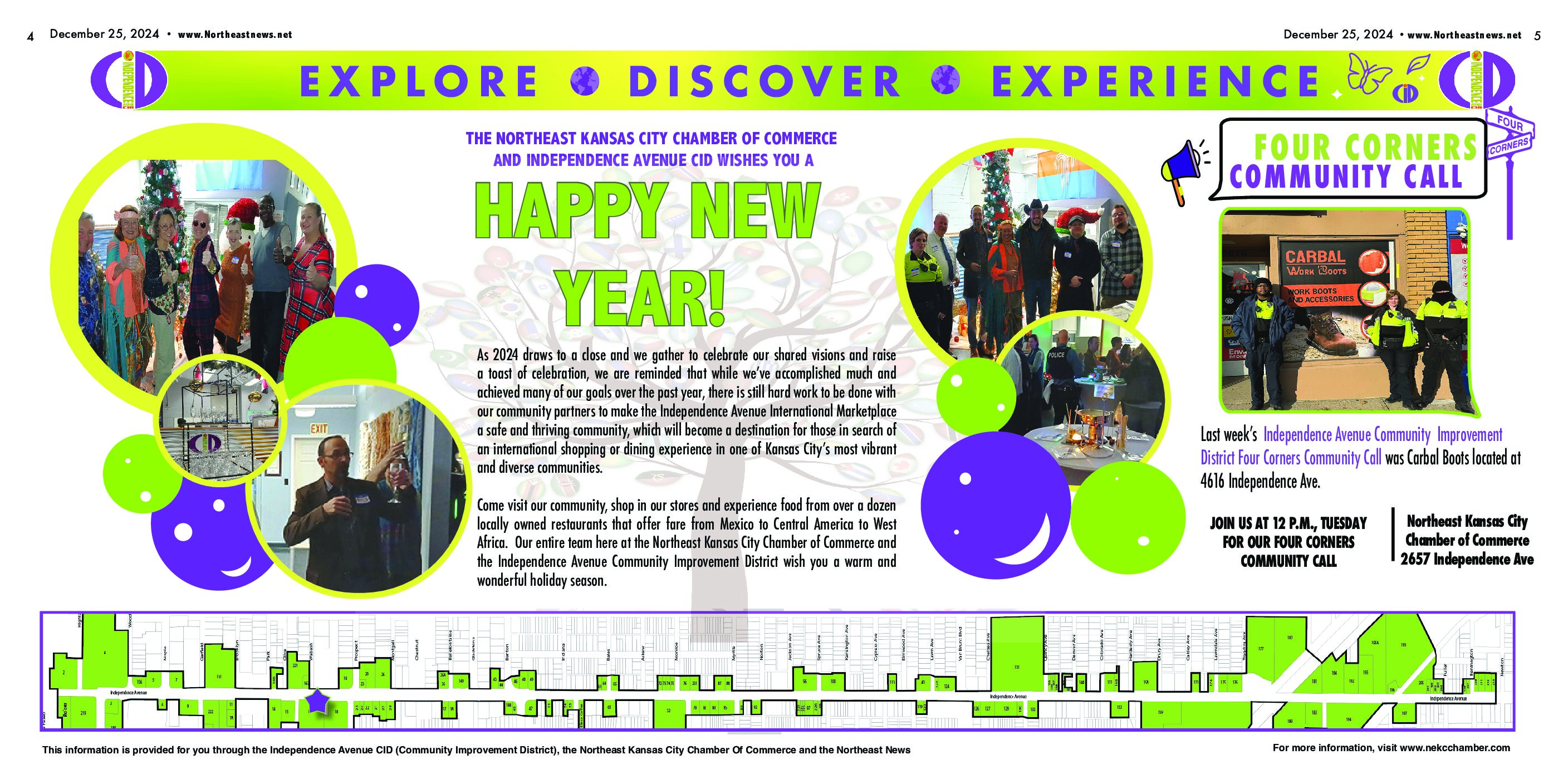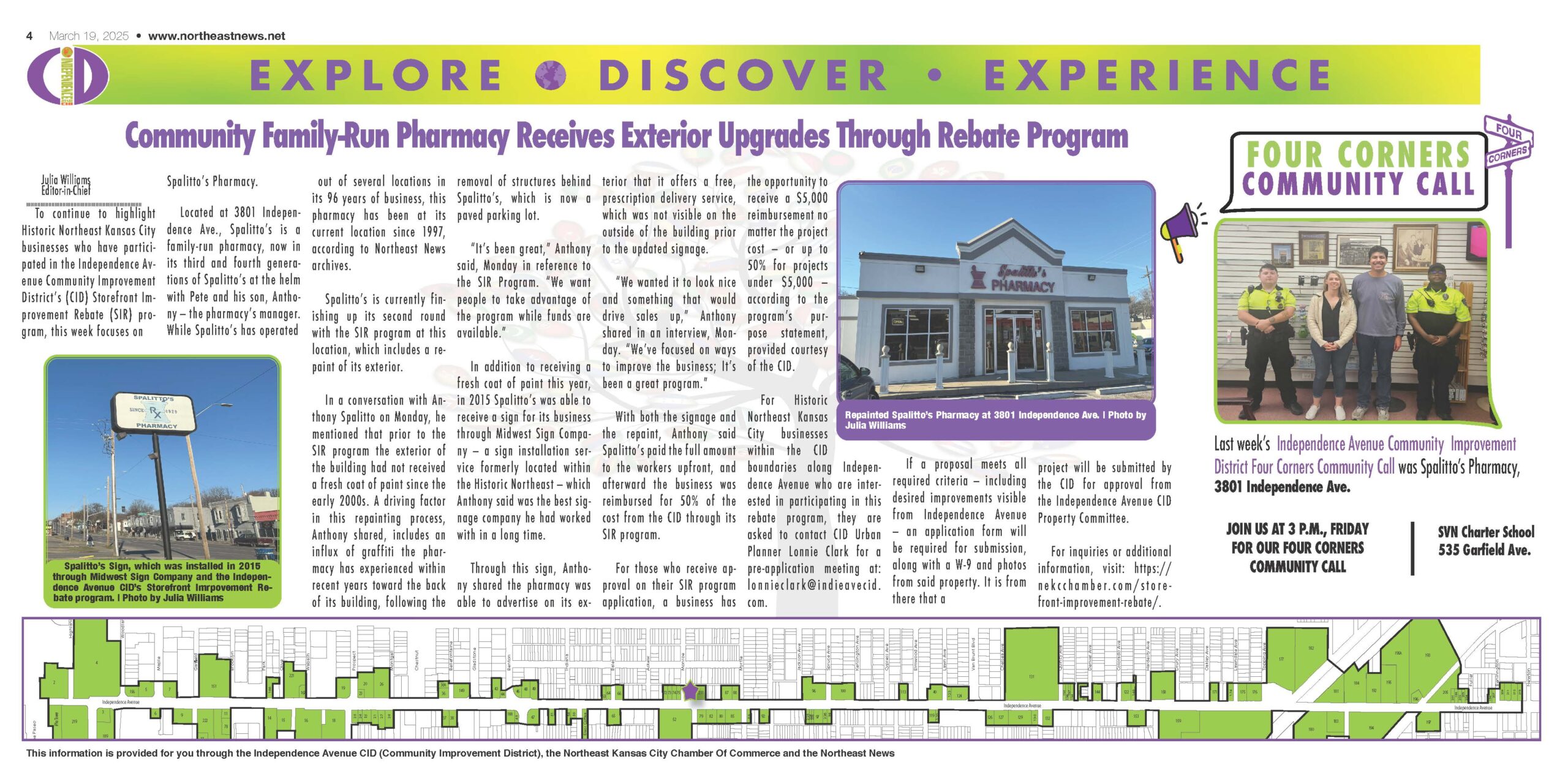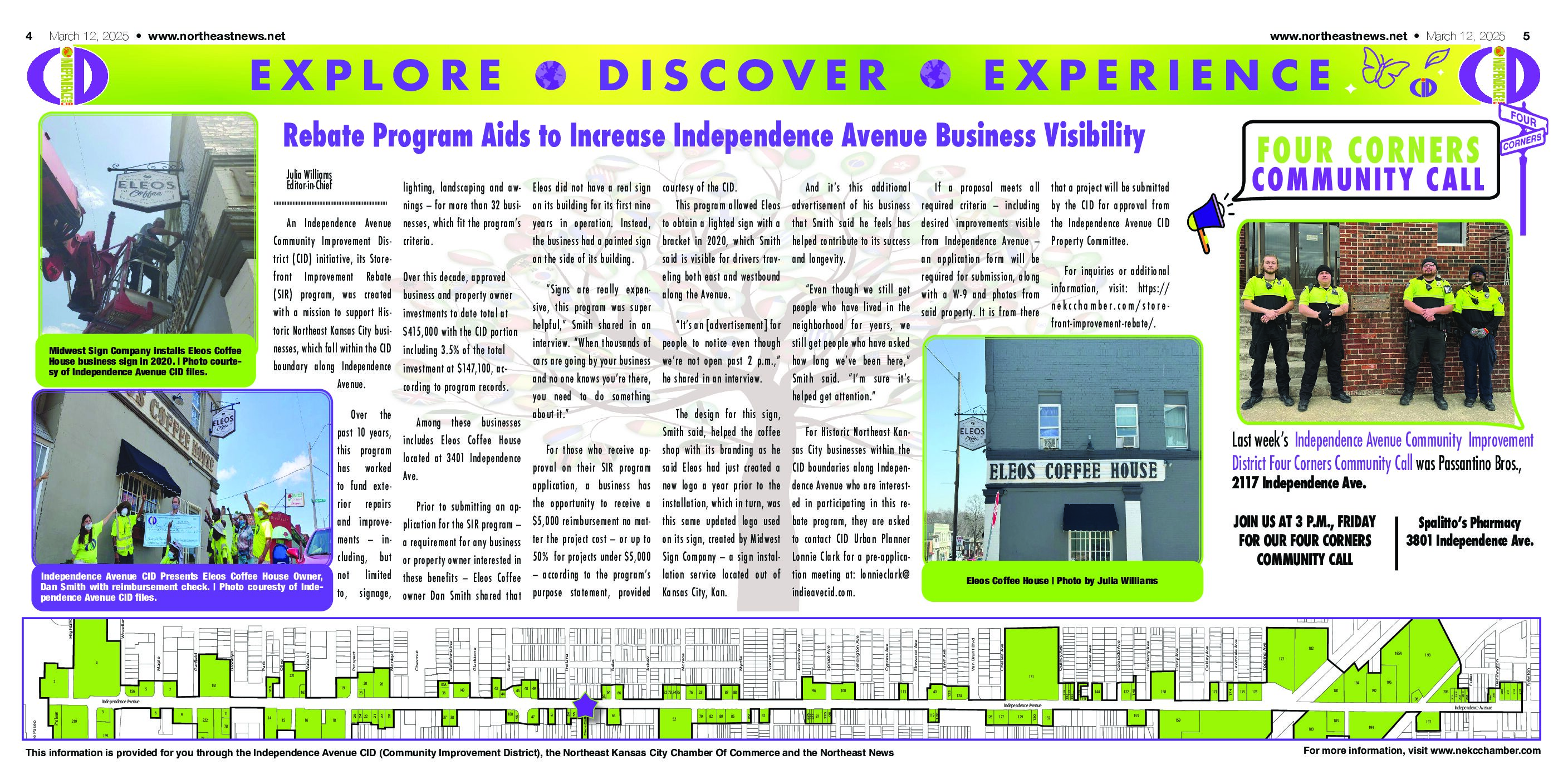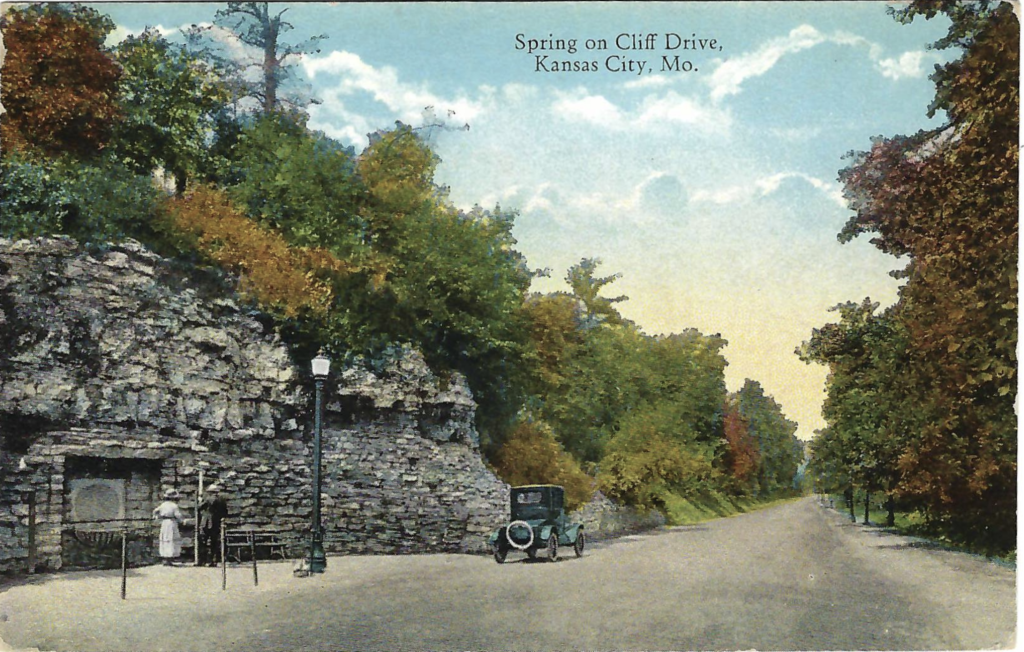
Michael Bushnell
Publisher
Since the initial construction of Cliff Drive in the late 1890’s and early 1900’s, it was often thought that the Scarritt Spring was under where the existing Carl J. DiCapo Fountain is located on the east end of Cliff Drive. The postcard shown here, published by the Southwest News Company, is a picture of the Cliff Drive Spring that was actually renamed by the Kansas City Parks and Recreation Department as The Scarritt Spring in 1959.
The shell design shown here was incorporated into the spring and the cliff’s face between 1906 and 1907 so that families could fill their water jugs with fresh spring water. Prior to that, the spring water gurgled out of a pipe that had been driven into the stone face. The following year, a watering trough for horses was constructed across the drive.
In 1959, vandals struck, breaking the shell bowl into pieces. Nathan Scarritt’s grandson, William “Bill” Reid Royster, then a sitting city councilman, led the charge to restore the fountain, footing the cost of a new plaque out of his own pocket. It was at this time the spring on Cliff Drive was renamed the Scarritt Spring.
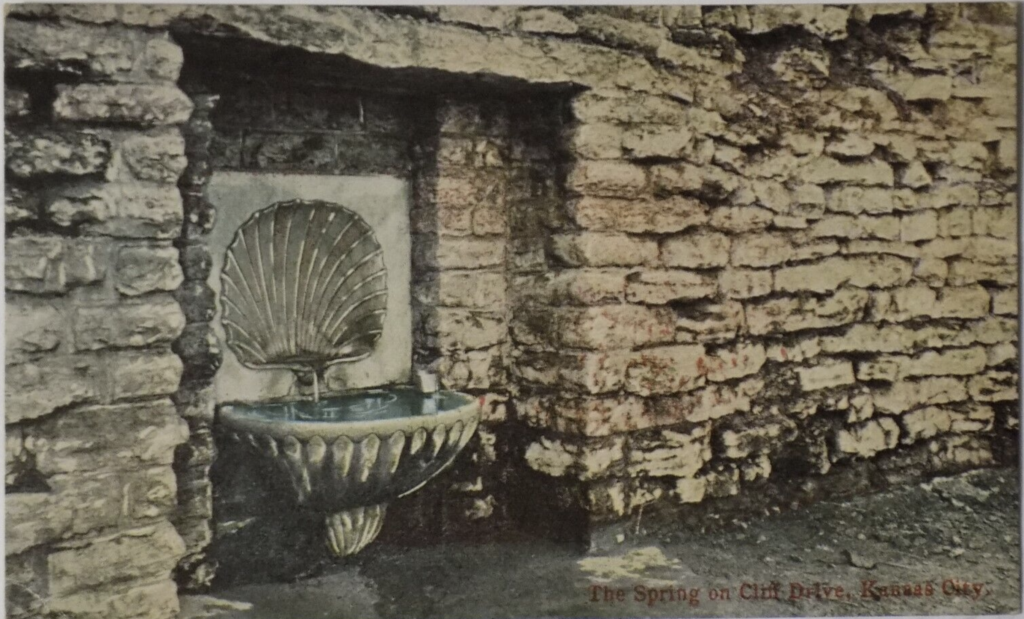
The spring was capped in 1962 after the City’s water department tested the water and deemed it unfit to drink due to ground contamination. The shell remained dry while simultaneously Cliff Drive itself began to fall into disrepair.
In the early 1980’s, fed up with the City’s lack of attention on what was once world renowned as one of the country’s most beautiful drives, Northeast community leaders banded together and formed the Northeast Community Task Force that worked directly with the Parks and Recreation Department to restore the drive and the old fountain to its former glory.
Between 1986 and 1989 millions of dollars were spent, and through the leadership of Parks Commissioners Carl DiCapo, Ollie Gates and Anita Gorman, the drive and the fountain finally received the attention they deserved. New stone retaining walls were built at key locations on the drive, period pedestrian lighting, and a newly designed waterfall that cascaded from atop a 40-foot cliff into a reflecting pool replaced the old shell-bowl. The new fountain was turned on at a gala ribbon cutting event in October 1989 and was attended by a plethora of city, county and state level dignitaries.
In 1993, the waterfall was officially re-dedicated as the Carl J. DiCapo Fountain by the Board of Parks and Recreation Commissioners.
The original Scarritt Spring, however, was about 300 yards to the east and roughly 30 yards below the present roadbed of Cliff Drive and, sadly, didn’t get the royal treatment the Cliff Drive Spring received in the 1980’s makeover.
A Northeast News story on October 22, 2003, explains how local photographer David Remley stumbled on the remains of the original Scarritt Spring while doing some video work near the present day DiCapo Fountain. Remley and Historian Brad Finch, both Indian Mound residents, did some exploring and determined through verification with the park department historian that, indeed, they had found the original Scarritt Spring.

There is a large gap in the park department archives in relation to North Terrace Park between 1922-1924. Parks Board meeting minutes, however, are more comprehensive, including a parks department resolution in 1922, Resolution #10863 that reads: “By order of the Board of the Superintendent of Parks, was directed to open to the public, the old Scarritt Spring and Burge Spring, in North Terrace Park and to place same in suitable condition and construct pathways to same.”
A commemorative plaque was also to be placed, spotlighting Scarritt Spring’s history. Architectural drawings in the file yielded two plaque plans, both by Wight & Wight Architects, each with a slightly different wording. Dated December 31, 1923, the drawings are of a bronze plaque 9.5 x 25.5 inches, engraved with the following:
THE SCARRITT SPRING,
WHICH IS KNOWN TO HAVE BEEN,
FLOWING CONTINUOUSLY FOR,
ONE HUNDRED YEARS,
1923.
A close examination of the rock face to the upper right of the spring notes four drill holes suggesting the plaque was indeed placed. Additionally, in the E.C. Kropp postcard, the plaque can be seen to the right of the extruding water pipe, exactly where the drill marks are today.
A September 2, 1923, article in “The Kansas City Star” describes the new spring construction that included a bed of “white sea pebbles” over which the spring flowed before arriving at a granite waterfall.
For a closer look at the old Scarritt Spring, check out David Remley’s Blog at: https://hyperblogal.blogspot.com/2011/03/scarritt-spring-lost-and-found.html
This Saturday, October 28th, the annual Cliff Hanger Run takes place along beautiful Cliff Drive. The 5k and 10k race benefits nonprofits here in the Historic Northeast community. To register or find out more about this year’s Cliff Hanger Run, visit cliffhangerrun.com.



